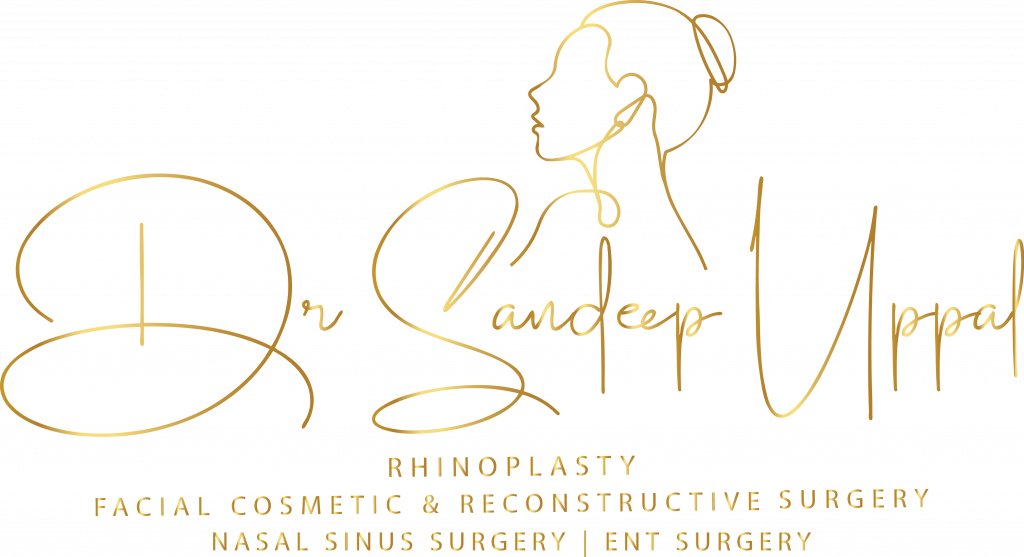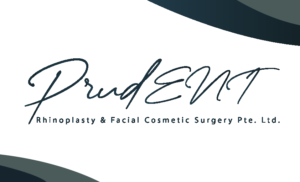Radiofrequency Reduction of Inferior Turbinates
RADIOFREQUENCY REDUCTION OF INFERIOR TURBINATES: IMPROVING NASAL AIRFLOW WHAT ARE INFERIOR TURBINATES? The inferior turbinates are critical structures within the nasal cavity that help warm, filter, and humidify the air we breathe. These long, narrow bones, covered by a mucous membrane, play an essential role in maintaining proper nasal function. However, when the turbinates become enlarged—due to inflammation or other factors—they can cause significant nasal obstruction, leading to chronic nasal congestion and breathing difficulties. For individuals experiencing persistent nasal blockage, radiofrequency reduction of the inferior turbinates (RFIT) offers a minimally invasive solution that can restore nasal airflow and improve comfort without the need for extensive surgery. WHY DO THE INFERIOR TURBINATES BECOME ENLARGED? Several factors can cause the inferior turbinates to enlarge, resulting in nasal obstruction: Chronic Rhinitis: Persistent inflammation of the nasal mucosa can cause the turbinates to swell, narrowing the nasal passages. Allergies: Chronic allergic reactions can lead to ongoing inflammation and turbinate enlargement. Structural Variations: Some individuals may have naturally larger turbinates due to anatomical differencesand prominent inferior turbinate bone. Compensatory Hypertrophy: When one nasal passage is obstructed (e.g., by a deviated septum), the turbinates in the opposite passage may enlarge to compensate for the imbalance. While some turbinate enlargement is normal, significant hypertrophy can cause symptoms that require intervention for relief. WHAT IS RADIOFREQUENCY REDUCTION OF INFERIOR TURBINATES (RFIT)? Radiofrequency reduction of inferior turbinates (RFIT) is a minimally invasive procedure that uses controlled radiofrequency energy to reduce the size of the turbinates. The energy gently heats and shrinks the tissue, decreasing turbinate volume without damaging surrounding structures. Unlike more invasive surgical procedures, RFIT preserves the underlying bone and mucosa, focusing on reducing tissue bulk to improve airflow. RFIT is typically performed in-office under local anaesthesia, and sometimes under a short general anaesthesia or sedation. The procedure has a short recovery time. It is an effective option for patients who experience chronic nasal obstruction and have not found relief through medications like nasal steroids or antihistamines. ALTERNATIVE TREATMENTS Before considering RFIT, other treatments may help manage symptoms of turbinate hypertrophy: Medications: Nasal corticosteroid sprays, antihistamines, and decongestants can help reduce inflammation and swelling. Nasal Irrigation: Regular use of saline rinses can help clear nasal passages and alleviate congestion. Allergy Management: Avoiding allergens and taking allergy medications can reduce inflammation of the turbinates. Lifestyle Adjustments: Using a humidifier, practicing breathing exercises, and utilizing nasal dilators like nasal strips can provide temporary relief. SURGICAL ALTERNATIVES Inferior Turbinoplasty: A more invasive procedure than RFIT, turbinoplasty involves surgically reshaping the turbinates by removing a portion of the bone and soft tissue. This leads to a more permanent reduction in turbinate size, offering longer-lasting relief. Turbinectomy: In this procedure, a portion of the turbinate is surgically removed to create more space in the nasal passages. While effective in improving airflow, partial turbinectomy carries a higher risk of complications like dryness or crusting and is usually reserved for more severe cases. These alternatives can be effective but are often more invasive than RFIT, with longer recovery times. BENEFITS AND LIMITATIONS OF RFIT BENEFITS: Minimally Invasive: RFIT does not involve cutting or removing tissue, reducing risks and complications Quick and Convenient: The procedure is typically completed in-office within 15-30 minutes. Minimal Downtime: Most patients return to normal activities within a few days, with little discomfort during recovery. LIMITATIONS: Temporary Results:The benefits of RFIT may last only 2-3 years before symptoms return, as compared to more permanent results from surgical options like turbinoplasty. In some cases, additional RFIT procedures may be required to maintain symptom relief. CONSEQUENCES OF DELAYING TREATMENT Choosing not to address turbinate hypertrophy can lead to ongoing nasal obstruction and several related complications: Persistent Nasal Congestion: Chronic difficulty breathing through the nose can impact daily activities and reduce overall quality of life. Sleep Disorders: Nasal obstruction often contributes to snoring and sleep apnea, leading to poor sleep and associated health problems. Increased Risk of Sinus Infections: Inadequate nasal airflow can hinder sinus drainage, increasing the risk of sinusitis and recurrent infections. Impaired Physical Activity: Difficulty breathing can limit exercise and physical performance, impacting overall health. THE CONSULTATION PROCESS: WHAT TO EXPECT Before undergoing RFIT, athorough consultation is necessary to determine whether the procedure is appropriate for your condition. Here’s what you can expect during the consultation process: Medical History and Symptom Review: Dr Sandeepwill discuss your symptoms, review your medical history, and ask about any previous treatments you’ve tried. Physical Examination: A physical examination of your nasal passages, often involving nasal endoscopy, will be conducted to assess the extent of turbinate hypertrophy. Diagnostic Imaging: In some cases, imaging studies like CT scans may be used to get a detailed view of the nasal structures. Discussion of Options: The risks, benefits, and expected outcomes of RFIT will be explained, along with other treatment options like turbinoplasty or turbinectomy, to help you make an informed decision. RFIT PROCEDURE During the procedure Dr Sandeep with apply topical anaesthesia to the nose and a local anaesthetic will be injected into the inferior turbinate to numb it. A specialized probe willthen be inserted into the turbinate tissue, and controlled radiofrequency energy will be applied to heat and shrink the tissue. This process causes the tissue to reduce in size over time, allowing for improved nasal airflow without damaging the surrounding mucosa or bone. RFIT typically takes about 15-30 minutes. The procedure is associated with minimal discomfort, a quick recovery period, and little to no downtime. POST-PROCEDURE CARE AND FOLLOW-UP After RFIT, Dr Sandeep will provide instructions for post-procedure care, which may include: Saline Irrigations: Saline sprays or rinses to keep the nasal passages moist and prevent crusting. Antibiotics: To prevent infection. Anti-inflammatory medication: To control pain and reduce swelling. Nasal decongestants: To reduce swelling and decrease nasal congestion. Follow-Up Appointments: Regular follow-up visits are essential to monitor healing and ensure the procedure has been effective. Most patients notice improved nasal airflow and reduced congestion within a few weeks. If you are struggling with chronic nasal obstruction
Radiofrequency Reduction of Inferior Turbinates Read More »


